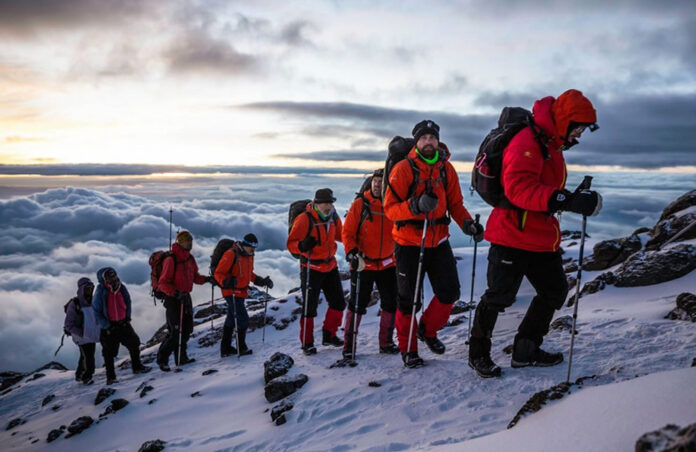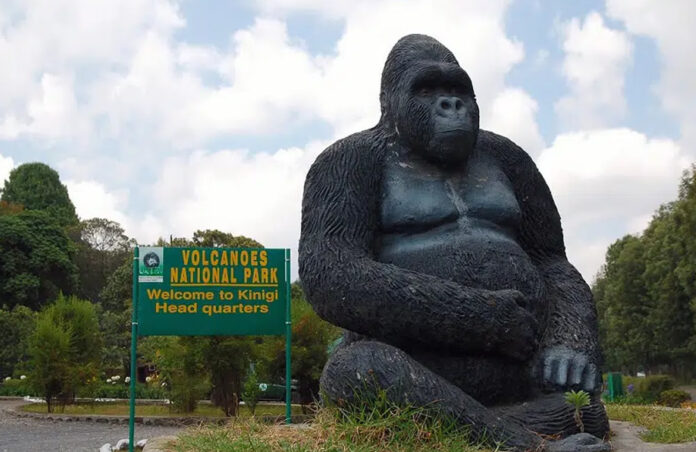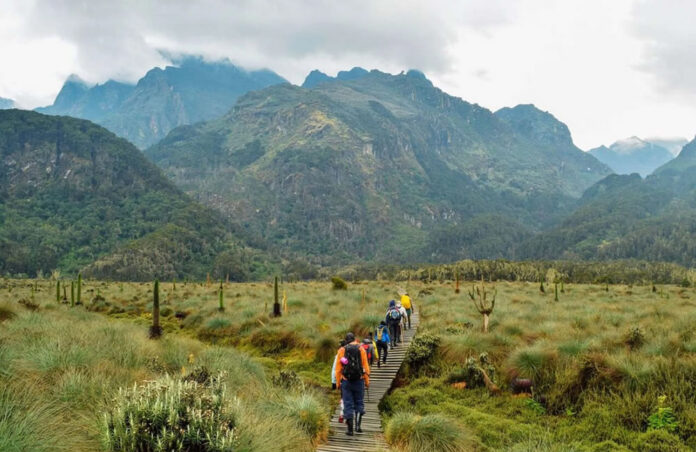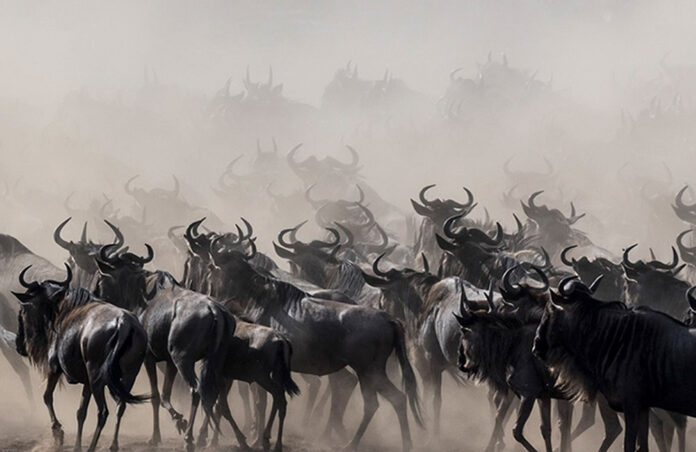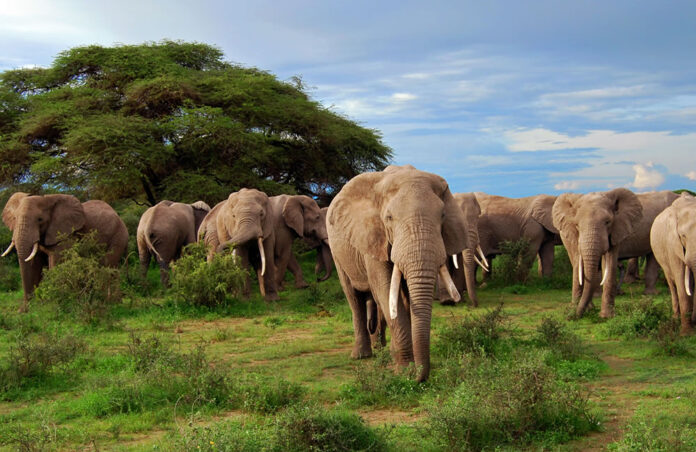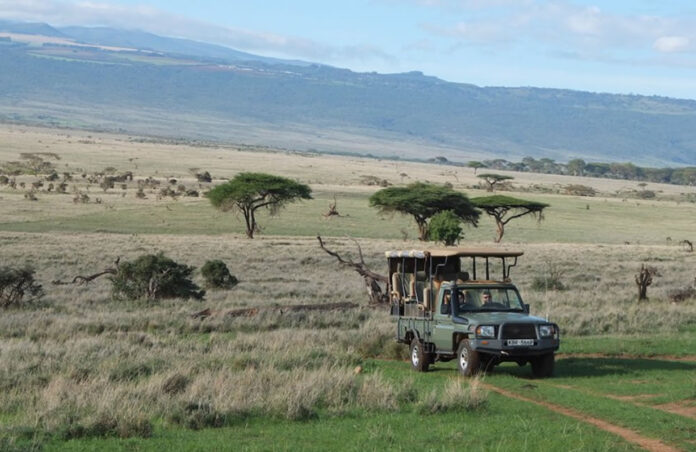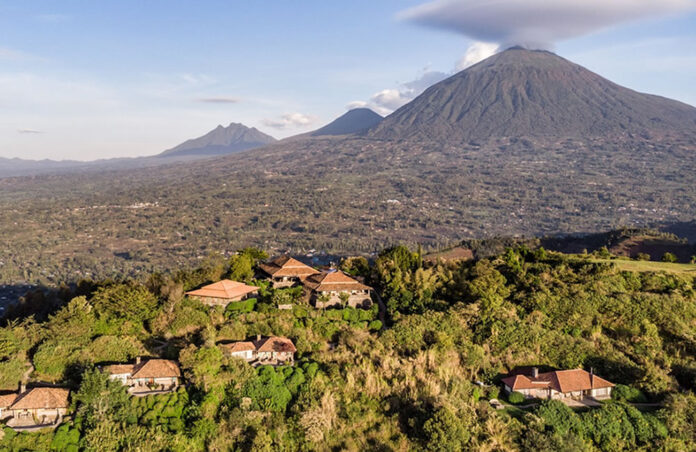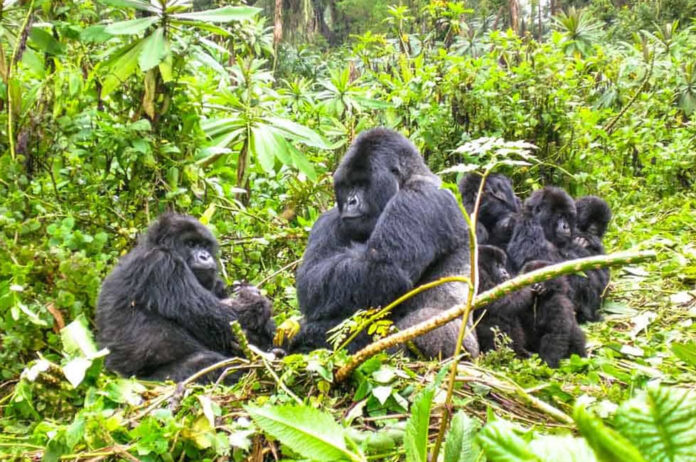Travelling To Uganda – Do I Need Anti-Malaria Tablets on a Uganda Trip?
Yes, anti-malaria tablets are essential if you plan to visit Uganda for a vacation. It is recommended that visitors traveling to Uganda come with prescribed medicine to prevent malaria. A visitor can begin taking his/her medicine, although this may depend on the kind of medicine your home doctor will prescribe for you. Some medications can be taken multiple days before the actual road trip in Uganda.
Your home doctor may recommend that you take medicine during and after the trip. Before you embark on a Uganda safari, you need to talk to your doctor to be certain about the suitable malaria medication to take.
Malaria transmission & risk factors
Malaria is transmitted when an infected anopheles mosquito with malaria bites a person. Its transmission is influenced by multiple factors, including climatic conditions –the warmer and wetter conditions often favor mosquito breeding. Areas adjacent to water bodies like lakes and marshlands, as well as rural areas with insufficient drainage and stagnant water, are usually high-risk spots. Urban areas are not exempt, as most cities or urban towns have stagnant water areas.
High malaria risk areas in Uganda
If you are visiting Uganda for the first time or as a repeat guest, there is a need for you to know some of the high malaria-risk areas. They include areas surrounding Lake Victoria, northwestern and western Uganda, especially regions near the Democratic Republic of Congo (DRC) and South Sudan borders. They are areas characterized by significant mosquito populations considering the ideal breeding conditions. Regardless of the destination that you intend to spend your next holiday in Uganda, there is a need to be cautious because prevention is better than a cure.
Precautions to observe in Uganda
Multiple malaria prevention precautions have been put in place and should be taken into consideration when on either a guided tour or a self-drive in Uganda. The precautions for malaria include safety measures intended to prevent mosquito bites and, secondly use of prophylactic antimalarial medications. These are useful considering the high transmission rates of malaria in the country.
Antimalarial medications
Prophylactic antimalarial medications are useful for malaria prevention. The medication choice should be made after you have consulted with your healthcare provider or doctor. Your health history is important, duration of your trip, and any drug resistance in the malaria strains prevalent in some areas of Uganda are all important factors to be looked at. The common choices for travelers include Mefloquine, Doxycycline, and Atovaquone-Proguanil or Malarone.
Malarone is often doctors’ and travelers’ favorite choice given its affordability and convenient access. It is important to start your medication regimen before you set foot in Uganda. This is to allow your body to adjust and also ensure you get protected from any potential exposure.
Personal protective measures
Visitors can also take personal protective measures beyond medication, including insect repellents. You can use EPA-registered insect repellents that contain DEET, picaridin, and oil of lemon eucalyptus –these can be used on exposed skin and clothes.
Protective clothing –carry and wear long-sleeved shirts, socks, and pants, and preferably should be treated with permethrin to reduce any exposure to mosquito bites. Behavioral measures include minimizing outdoor activities during dusk/dawn hours. These are active hours for mosquitoes. Sleep under a treated mosquito net to decrease any chances of being bitten at night by mosquitoes.
Get a prescription for antimalarial tablets/medicine
Avoid running to the counter to purchase malaria tablets as a convenient alternative. You can seek advice or a prescription from your home doctor. Talk to a physician, and you can easily connect with medical personnel online or directly by call.
Be aware of the side effects.
Often, the side effects of antimalarial tablets are mild and manageable. However, when they are extreme, seek the attention of the healthcare provider.
Local healthcare system and malaria treatment
In Uganda, a lot of effort has been put towards the treatment and prevention of malaria countrywide. In most cities and towns, there are established medical facilities with the capacity to diagnose and treat malaria. But the only challenge is that the remote areas have limited resources and to be on the safer side, you need to get there with a pack of basic medical kit, antimalarial drugs/tablets, inclusive for emergency self-treatment. This is especially for visitors who plan to travel far from urban areas like Kidepo Valley National Park, Bwindi National Park, Mgahinga National Park, and others.
Emergency planning & resources
You need to create a plan in case of malaria symptoms, including headaches, fever, muscle aches, flu, and others. Always seek immediate medical attention –you can consider taking a blood test to ascertain if you have malaria and ensure that you get proper treatment.
Travel health insurance –This is essential for anyone traveling, not only to Uganda but anywhere else in the world. The travel health insurance policy often covers medical treatment for malaria and medical evacuation. But you need to know the details of your insurance coverage and should have contact information at hand.
Carry a travel medical kit- This is useful for any emergency medical care. It contains anti-malaria tablets and other preventatives.
Travel advice for certain groups
Consider taking into consideration special precautions, especially if you are heading to the heightened risk areas. This is for elderly travelers on a Uganda tour and is important to consider an optimal health approach through a physician.
Visitors taking regular medication – although some antimalarial tablets like Malarone are tolerable, some interactions may arise, including psychiatric conditions, blood thinners, epilepsy, and others.
Other groups of travelers vulnerable to malaria include pregnant women and children. Regardless of the category that you belong to, anti-malarial tablets are essential. However, you must seek advice or direction from your professional doctor to avoid misuse of medicine.
